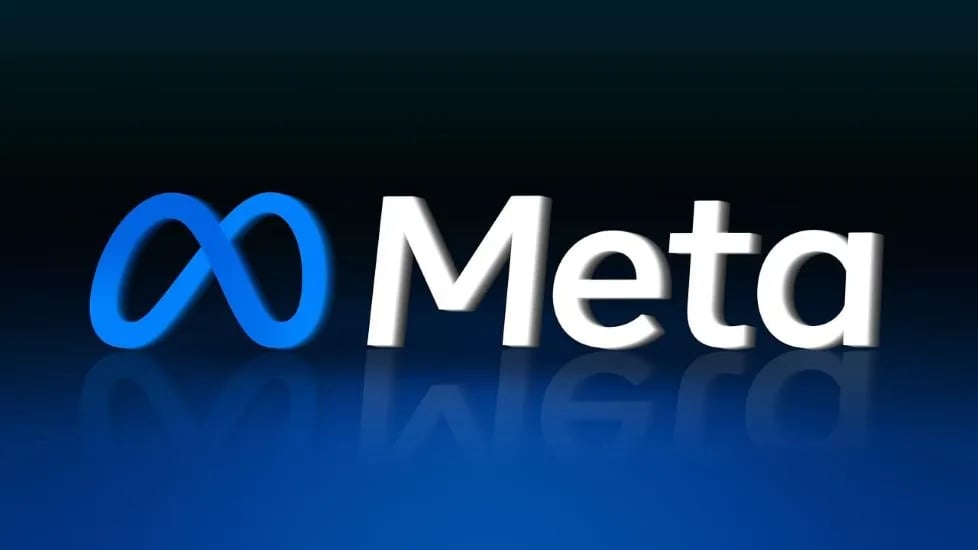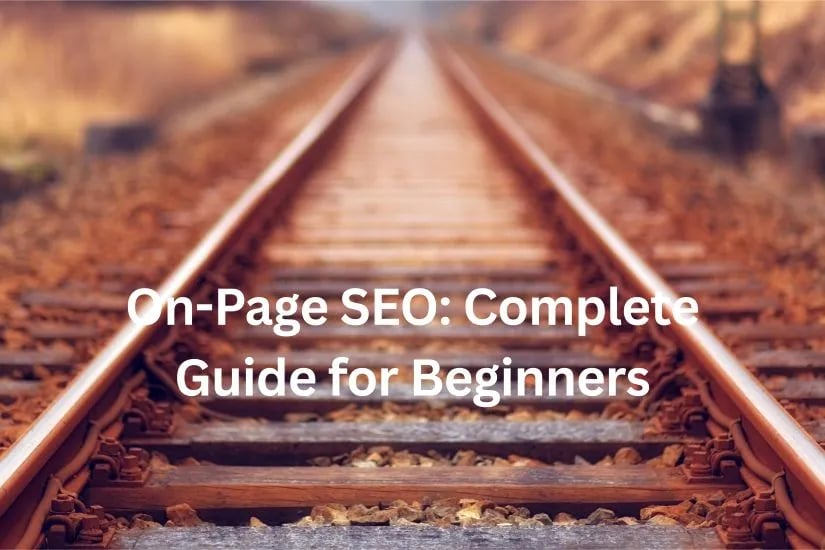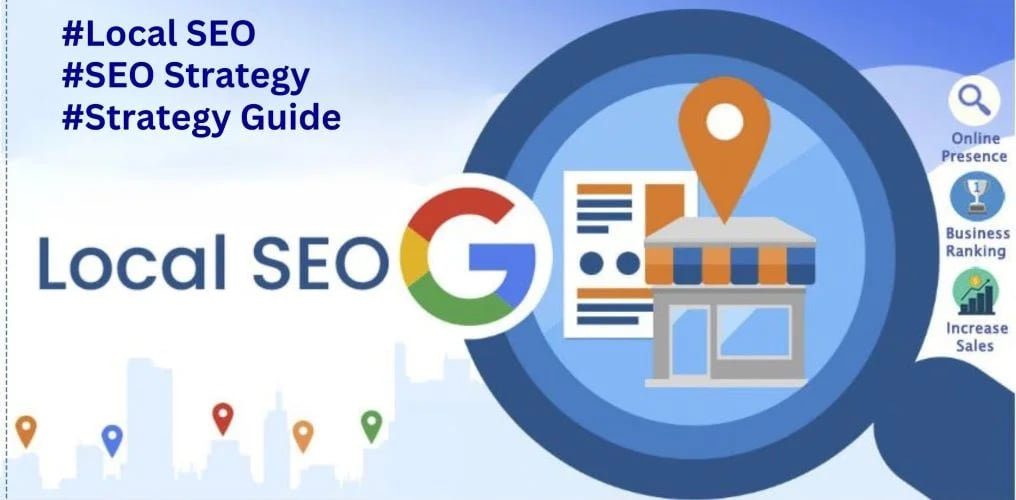
It’s vital that you master the best meta tags to improve visibility and click-through rates in 2025; this guide explains which title, description, robots, canonical, and Open Graph tags you should implement, how to craft concise, relevant content for search engines and users, and common pitfalls to avoid — advice drawn from practical SEO testing by Mister Nguyen Agency to help you prioritize changes and measure impact quickly.
Crafting the Perfect Title Tag: Your First Impression Matters

Search results and browser tabs are usually the first touchpoint for users, so your title tag must convert scanners into clickers. Keep it concise—50–60 characters or about 600 pixels—and front-load the primary keyword for clarity. Use action modifiers like “Buy,” “Compare,” or “Guide” when intent is transactional or research-based, and add your brand at the end to build recognition without sacrificing clickability.
Character Limits and User Engagement
Aim for 50–60 characters (roughly 600 pixels) because Google often truncates beyond that on desktop and even earlier on mobile. Use a SERP preview tool or the Chrome dev tools to simulate truncation; a title such as “Best Noise-Cancelling Headphones 2025 — Top Picks” fits well within limits and shows how a single, clear phrase can improve CTR. Test titles across devices to spot unexpected cuts.
Incorporating Primary Keywords Effectively
Place your primary keyword near the start of the title to match search queries and increase relevance signals; for example, “Vegan Protein Powder: Best Plant-Based Protein 2025 | Brand.” Avoid keyword stuffing—use natural language and one strong keyword plus a modifier (best, review, buy) to capture intent and maintain readability for users and crawlers alike.
Go further by targeting long-tail variations for niche pages (e.g., “vegan protein powder for athletes”) and by keeping titles unique across your site to prevent cannibalization. Run A/B tests—many SEO teams report 5–15% CTR gains when moving keywords to the front or swapping generic terms for intent-focused modifiers. Track impressions, CTR, and rankings for two to four weeks before committing to the winner.
Mastering Meta Descriptions: Art Meets Science

Aim for 120–156 characters, front-load your primary keyword within the first 40–50 characters, and craft a unique description per URL so each page targets a distinct search intent; a quick example: “Download the 2025 SEO checklist — 10 tactics in 5 minutes, free PDF.” Use clear value (time saved, percent off, free trial) and one action verb to turn impressions into clicks.
The Role of Actionable Language
Lead with verbs like “Get,” “Try,” “Save,” or “Discover” and tie them to concrete offers — for example, “Get 30% off your first month” or “Try the 7-day free trial” — because users respond to precise benefits and timeframes; short phrases such as “Free PDF” or “Quick guide” often increase engagement, especially on mobile where concise, directive copy stands out.
Optimizing for Click-Through Rates
Combine relevance and enticement by including the keyword early, stating a clear benefit, and finishing with a CTA like “Learn more” or “Book now”; keep the snippet within 120–156 characters for most SERPs and avoid duplication across similar pages to prevent cannibalized clicks. A/B testing variations and tracking CTR in Google Search Console helps you quantify gains.
Run A/B tests by changing meta descriptions on a representative sample (10–20% of similar pages) and compare CTR in Search Console over 2–4 weeks, aiming for at least 1,000 impressions per variant for meaningful results; for instance, a page with 10,000 impressions at 2.0% CTR yields 200 clicks, while a new description at 2.5% CTR yields 250 clicks — a net gain of 50 clicks (25% lift). Also deploy structured data (ratings, price, availability) to enhance snippets and further lift CTR.
The Game-Changing Power of Structured Data

Structured data can increase click-through rates by clarifying content to search engines; sites using schema often see CTR uplifts of 20–30% on rich results. You can mark products, reviews, events and FAQs to surface enhanced listings, and Google’s Knowledge Graph pulls structured snippets for featured panels, driving more qualified traffic to your pages.
Enhancing SERP Presence with Rich Snippets
Rich snippets like stars, prices, and event dates make your listing stand out; schema-enhanced recipes can boost CTR by up to 35% according to Search Engine Journal tests. You should prioritize Review, Product, and FAQ markup for pages where visual cues convert casual browsers into clicks.
Leveraging Schema Markup for Improved Visibility
Implementing Schema.org types (Product, Article, LocalBusiness) increases chances of appearing in carousels and knowledge panels; retailers using product schema reported 15–25% higher organic traffic in A/B tests. You can validate markup with Google’s Rich Results Test to avoid errors that block enhancements.
Use JSON-LD for future-proofing; include core properties like name, image, description, url, and for e-commerce add offers.priceCurrency, offers.price, offers.availability and aggregateRating.ratingValue with reviewCount. Schema validation errors drop eligibility for rich features—fixing common issues (missing image, malformed URL) lifted rich result eligibility by 40% in a Moz study. Prioritize high-value pages and monitor Search Console’s Enhancements reports weekly.
Local SEO and Meta Tags: Tapping into Nearby Audiences

Use city, neighborhood, or zip modifiers directly in your title and meta description to capture local intent—limit to 1–2 geo terms per tag to avoid keyword stuffing. For example, “Emergency Plumber Austin — Same-Day Service” targets urgent searches and local intent. Pair meta tags with LocalBusiness schema and a consistent NAP (name, address, phone) across pages; Google favors consistent signals, and you can expect higher visibility in the Local Pack when tags and schema match your Google My Business profile.
Geo-Targeted Keyword Strategies
Focus on long-tail geo phrases like “vegan bakery Brooklyn Heights” and target 5–10 neighborhood variants per service page using subfolders or landing pages. Use Google Keyword Planner and Google Trends to compare search volume by city, then prioritize terms with clear local intent. Test title tag variants (A/B via SERP tracking) and monitor clicks and impressions; small businesses often see a 10–30% CTR lift when titles include a relevant neighborhood or borough.
Google My Business Integration
Synchronize your meta tags with your Google My Business listing by matching primary keywords and the exact business name used on the profile; that alignment strengthens local relevance. Add LocalBusiness schema to pages and include the same NAP format as on GMB, plus serviceArea markup to explicitly declare coverage. Google reports businesses with photos receive substantially more direction requests and website clicks, so link to pages with geo-optimized meta tags from your profile.
Verify and optimize your Google My Business profile: complete the 750-character business description, select precise categories, upload 10–20 high-quality photos, and add services with clear names and prices if applicable. Use UTM-tagged website links in the profile to track traffic from GMB, respond to reviews with local context, and publish weekly posts highlighting neighborhood events or promos—these actions feed back into your on-site meta relevance and local search performance.
The Future of Meta Tags: Trends to Watch in 2025

You’ll notice meta tags evolving into signals that feed AI answers, voice assistants, and rich SERP features rather than just matching keywords. With mobile accounting for over 50% of global web traffic and structured data able to boost CTR by up to 30%, you should focus on concise, intent-driven titles, robust schema, and meta descriptions that work both for humans and zero-click results.
AI and Automated Tagging Solutions
You can use AI to generate and optimize title tags, meta descriptions, and schema at scale: models like Google’s MUM enable multimodal understanding, so tools can propose tag variants across languages and images. In practice generate 5–10 candidate tags per page, A/B test them in Search Console, and let automation learn which patterns raise CTR; many CMS plugins already integrate this workflow for faster, data-driven tagging.
Evolving User Behavior and its Impact on Tagging
Younger audiences and mobile-first users increasingly use voice and visual search, creating longer, conversational queries that favor natural-language meta content and FAQ schema over terse keyword lists. Local intent also rises, so including city names and service phrases helps capture map-pack and “near me” demand while improving your eligibility for featured snippets and assistant replies.
Run controlled tests by creating two tag sets per page—one conversational (question phrasing, 3–8 words) and one compact, keyword-focused version—then track impressions, CTR, and positions in Google Search Console for 30–90 days. In practice, some case studies report 10–20% CTR gains from question-style Metas in local service niches; prioritize product, FAQ, and how-to schema to increase visibility in rich results and voice responses.
Summing up
The Best Meta Tags for SEO: Boost Your Rankings in 2025 guide shows you how to optimize title, meta description, canonical, robots, and structured data to elevate your visibility; apply practical tag strategies, monitor performance, and iterate so your pages rank higher. For hands-on support, consult Mister Nguyen Agency.










